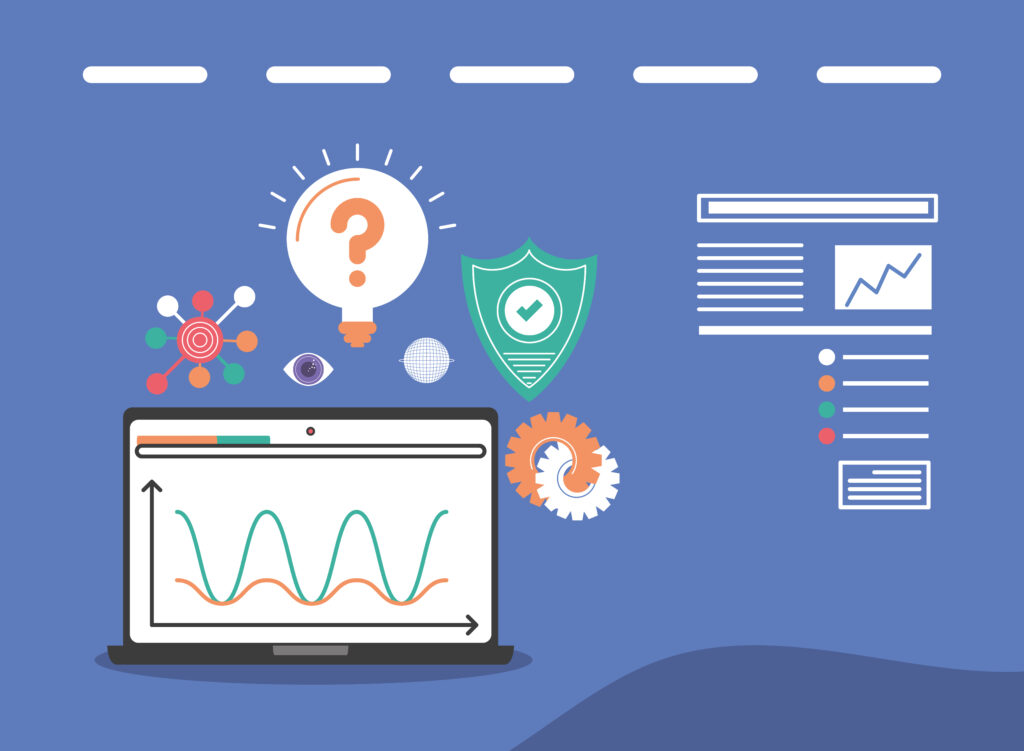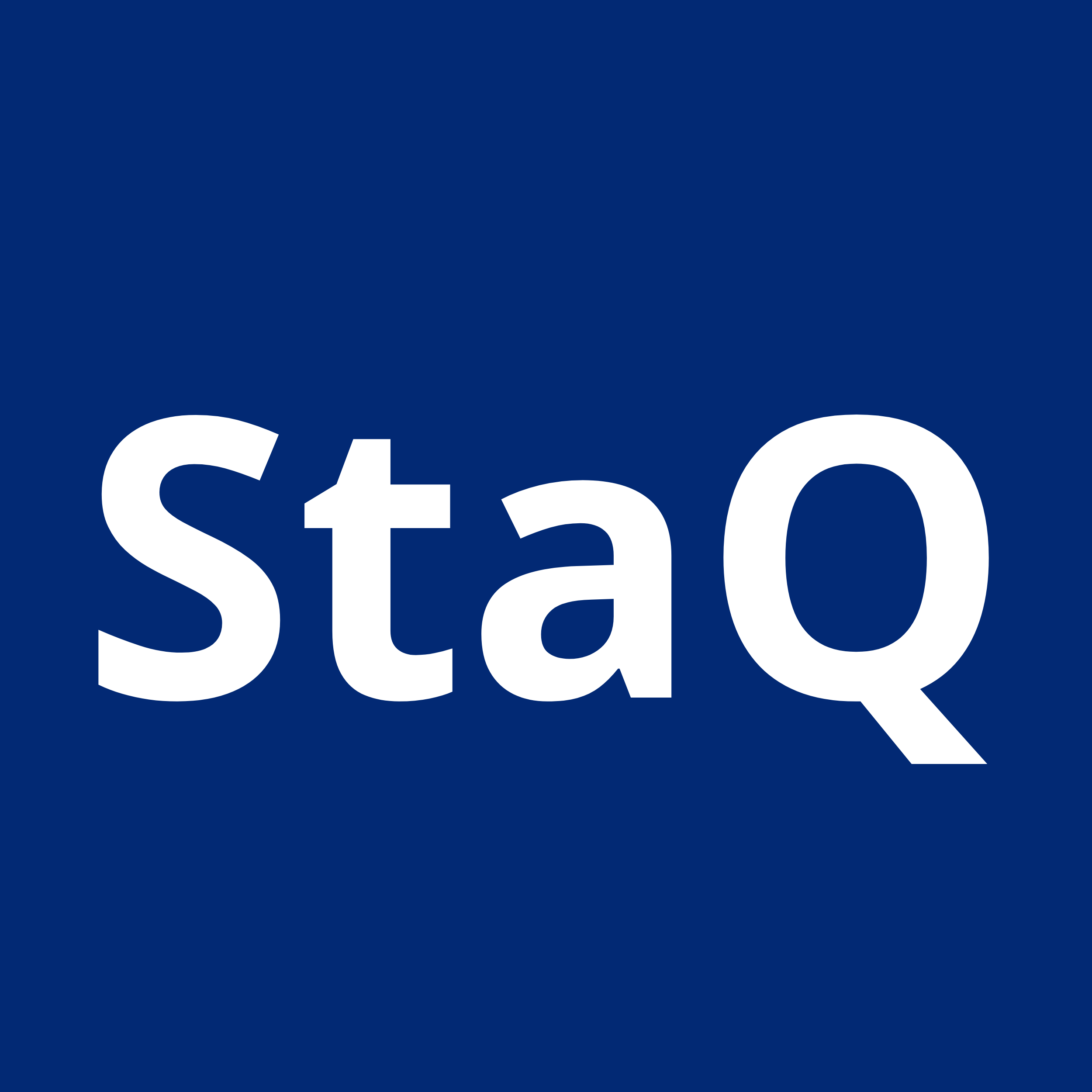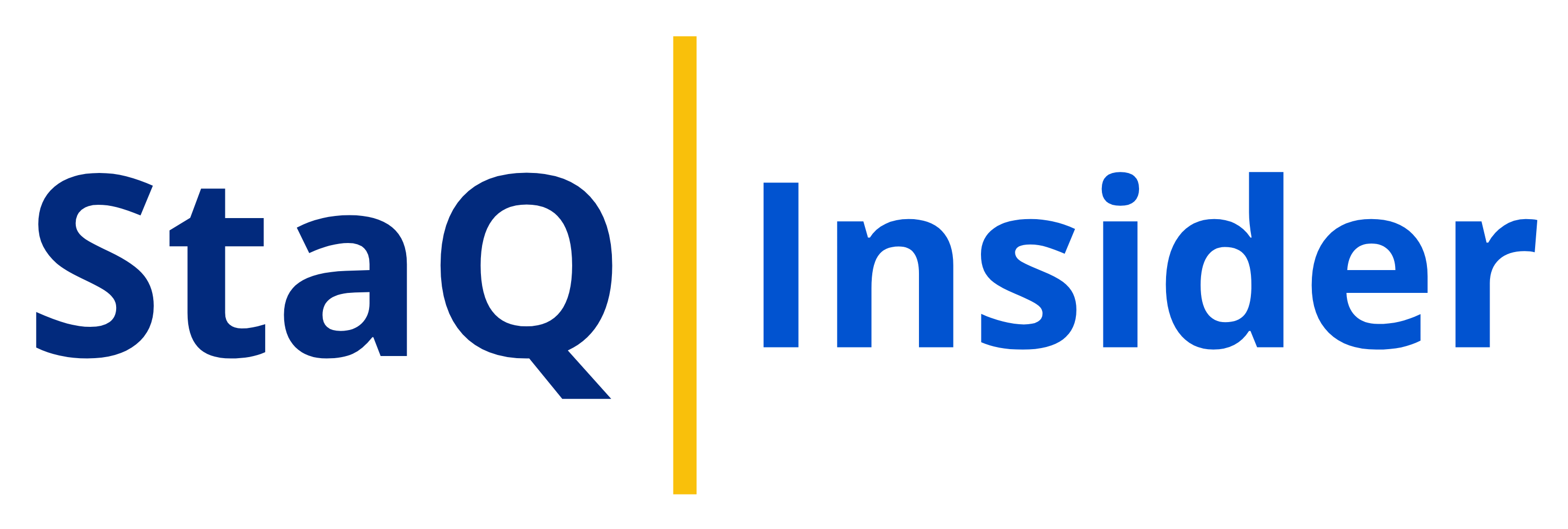Choosing between SaaS subscription and SaaS ownership isn’t just a tech decision—it’s a business strategy. As companies grapple with software needs, this choice can shape everything from daily operations to long-term growth. SaaS subscriptions offer agility, while ownership promises control. But which fits your company best? Let’s break down the pros and cons to help you make the smart call in today’s fast-paced digital world.
What Is SaaS Subscription?
SaaS subscription, or Software as a Service subscription, is a model where software is licensed on a subscription basis and centrally hosted by the provider. Users access the software via the internet, typically through a web browser.
Key characteristics include:
- Pay-as-you-go pricing
- Cloud-based delivery
- Regular automatic updates
- Scalable usage options
- Vendor-managed maintenance and support
This model allows businesses to use powerful software tools without large upfront costs or maintenance responsibilities.
What Is SaaS Ownership?
SaaS ownership, or Software as a Service ownership, refers to a business model where an organization purchases and fully owns the rights to use and control a software application, typically hosted on its own infrastructure or a dedicated cloud environment.
Key characteristics include:
- One-time purchase or perpetual licensing
- On-premises or dedicated cloud hosting
- Customer-controlled updates and customizations
- Fixed capacity based on initial purchase
- In-house or contracted maintenance and support
This model allows businesses to have complete control over their software, including data management, security, and customization.
Comparison of SaaS Subscription and SaaS Ownership
The world of software has shifted dramatically. Gone are the days of bulky installations and hefty upfront costs. Today, Software as a Service (SaaS) reigns supreme, offering two distinct ownership models: subscriptions and traditional ownership. But which is right for your business? Let us get into each:
-
Cost Structure:
- SaaS Subscription: Offers a predictable, operational expense (OpEx) model. Companies pay a recurring fee, which can be easier to budget for and often includes support, updates, and hosting costs. This model can be more cost-effective in the short term and for smaller businesses.
- SaaS Ownership: Requires a significant capital expenditure (CapEx) upfront. While this can be more expensive initially, it might lead to cost savings over time for large enterprises with stable, long-term software needs. However, additional costs for maintenance, updates, and infrastructure must be considered.
-
Hosting and Infrastructure:
- SaaS Subscription: The vendor manages all aspects of hosting, including server maintenance, upgrades, and scaling. This reduces the need for in-house IT infrastructure and expertise.
- SaaS Ownership: The company is responsible for hosting the software, either on-premises or in a dedicated cloud environment. This requires more IT resources but offers greater control over the infrastructure.
-
Updates and Maintenance:
- SaaS Subscription: Updates are pushed automatically by the vendor, ensuring users always have access to the latest features and security patches. However, this can sometimes lead to unwanted changes or features.
- SaaS Ownership: The company decides when and if to update the software. This allows for more control but requires dedicated resources to manage updates and can lead to using outdated software if not properly maintained.
-
Scalability:
- SaaS Subscription: Allows for easy scaling up or down based on business needs. Users can often add or remove licenses or upgrade to more feature-rich tiers quickly.
- SaaS Ownership: Scaling usually requires additional investment in licenses, hardware, or infrastructure. This can be less flexible but might be more cost-effective for businesses with stable, predictable needs.
-
Customization:
- SaaS Subscription: Typically offers limited customization options. While some SaaS products allow for configuration within certain parameters, deep customization is often not possible.
- SaaS Ownership: Allows for extensive customization. Companies can modify the software to fit their exact needs, integrate it deeply with other systems, and add unique features.

-
Data Control:
- SaaS Subscription: Data is typically stored on the vendor’s servers. While reputable SaaS providers implement strong security measures, some companies may have concerns about data privacy and sovereignty, especially in regulated industries.
- SaaS Ownership: The company has complete control over data storage, management, and security. This can be crucial for businesses with strict regulatory requirements or those handling highly sensitive information.
-
Support:
- SaaS Subscription: Support is usually included in the subscription fee. This often includes helpdesk services, technical support, and sometimes training resources. The quality and availability of support can vary between providers.
- SaaS Ownership: Support is typically handled in-house or through separately contracted services. This can be more costly but allows for more tailored support. It also requires maintaining in-house expertise or managing relationships with third-party support providers.
-
Implementation Time:
- SaaS Subscription: Generally quicker to implement as the software is already set up and hosted by the vendor. Users can often start using the software almost immediately after subscribing.
- SaaS Ownership: Often requires a longer implementation process. This includes installing the software, configuring it to the company’s needs, integrating it with existing systems, and potentially customizing features.
-
Compliance and Security:
- SaaS Subscription: Relies on the vendor’s compliance certifications and security measures. While many SaaS providers invest heavily in these areas, companies have less direct control over security protocols.
- SaaS Ownership: Allows for full control over security measures and compliance protocols. This can be advantageous for companies in highly regulated industries, but it also places the full burden of maintaining compliance on the company.
-
Exit Strategy:
- SaaS Subscription: It’s generally easier to switch vendors if needs change or if the service doesn’t meet expectations. However, data migration can be challenging, and there may be concerns about data retention after cancelling a subscription.
- SaaS Ownership: Switching to a new system can be more complex and costly, as it often involves migrating from a deeply integrated, customized solution. However, there’s no dependency on an external vendor for continued access to the software or data.
Learn The Smartest Way To Buy & Manage SaaS
SaaS Subscription Vs. SaaS Ownership: Here’s a table of Pros and Cons!
|
Aspect |
SaaS Subscription |
SaaS Ownership |
|
Cost Structure |
Regular (often monthly or annual) payments | Large upfront cost, potential ongoing maintenance fees |
|
Hosting |
Cloud-based, managed by the vendor |
On-premises or dedicated cloud, managed by the customer |
|
Updates and Maintenance |
Automatic, vendor-managed updates |
Customer controls update schedule and implementation |
|
Scalability |
Easily scalable, often with different tiers |
Limited to purchased capacity, scaling may require additional purchases |
|
Customization |
Limited, based on vendor offerings |
Extensive, can be fully tailored to business needs |
|
Data Control |
Data typically stored on vendor’s servers |
Complete control over data storage and management |
|
Support |
Vendor-provided support included |
In-house support or contracted services |
|
Implementation Time |
Usually quick to set up and deploy |
May require longer implementation and configuration time |
|
Long-term Costs |
Ongoing payments, potentially higher long-term cost |
Higher initial cost, potentially lower long-term cost |
| Flexibility | Easy to switch vendors or cancel service |
More commitment, harder to switch solutions |

What kinds of businesses use a SaaS Subscription model?
The beauty of the SaaS subscription model lies in its wide applicability. Here’s a glimpse of businesses that thrive with this approach:
- Startups and SMBs: Budget-friendly and easy to manage, SaaS subscriptions allow startups and small businesses to access powerful software without hefty upfront costs.
- Fast-Growing Companies: The scalable nature of SaaS subscriptions makes them ideal for businesses experiencing rapid growth. Easily add users or features as your team expands.
- Remote Teams: SaaS applications are accessible from anywhere with an internet connection, empowering geographically dispersed teams to collaborate effectively.
- Businesses with Evolving Needs: Don’t get locked into outdated software. SaaS subscriptions allow you to adjust your service level based on changing requirements.
In essence, businesses looking for a cost-effective, flexible, and up-to-date software solution can benefit from SaaS subscriptions. From marketing to project management and customer service, there’s a wide range of SaaS applications to meet various needs.
Discover the Popular SaaS Pricing Models: What Every Software Buyer Should Know
What kinds of businesses use a SaaS Ownership model?
While SaaS subscriptions reign supreme, there are situations where traditional ownership (perpetual license) might be a better fit. Here are some types of businesses that could benefit:
- Large Enterprises with Established Needs: For companies with very specific, unchanging software requirements, the upfront investment of ownership can be offset by long-term cost savings. They may also have the resources to handle in-house maintenance.
- Highly Regulated Industries: Some heavily regulated industries might have compliance concerns regarding data storage and control within a subscription model. Ownership allows for greater control over the software and data.
- Businesses Requiring Deep Customization: If extensive customization is crucial for your operation, ownership offers more flexibility to modify the software to your exact needs.
Consider the ongoing maintenance and scalability challenges of ownership versus its benefits. Consulting with IT specialists can help assess if your business has the resources for a perpetual license model.
Transitioning Between SaaS Subscription and SaaS Ownership Models
Switching between SaaS and subscription models demands careful planning, as it affects both infrastructure and business operations, along with legal agreements. Here’s a look at transitioning between the two models:
Subscription to Ownership:
This scenario is less common, but there are situations where it might be desirable. Here are some considerations:
- Negotiating with the Vendor: Some SaaS providers might offer a buyout option for their software, allowing you to transition to a perpetual license.
- Finding a Compatible On-Premise Version: If the provider offers an on-premise version of their SaaS product, you might be able to migrate your data and switch ownership models.
- Technical Expertise Required: Transitioning data and ensuring compatibility with your infrastructure requires technical expertise. Consider consulting with IT professionals.
Ownership to Subscription:
Moving from a perpetual license to a SaaS subscription is more straightforward. Here’s what to keep in mind:
- Data Migration: You’ll need a plan to migrate your data from the on-premise software to the new SaaS platform. This might involve working with the new provider or a data migration specialist.
- Feature Comparison: Ensure the chosen SaaS platform offers the same functionalities as your existing software. You might need to adjust your workflows slightly to adapt to the new platform.
- Cost Analysis: While ownership eliminates recurring subscription fees, consider the ongoing costs of maintaining your own hardware and software compared to the predictable monthly or annual cost of a SaaS subscription.
Companies that thoughtfully navigate this shift can unlock the benefits of recurring revenue, customer intimacy, and accelerated innovation. Consider seeking professional advice from a digital transformation consultant to ensure a smooth and successful transition.

How to Choose Between SaaS Subscription & SaaS Ownership: Best Practices
As the software landscape continues to evolve, it’s essential to make an informed choice that aligns with your organization’s goals, resources, and long-term strategy. To help you navigate this decision, here are some best practices to consider:
Assess your business needs:
- Short-term vs. long-term requirements
- Flexibility in scaling up or down
- Budget constraints and cash flow
Evaluate total cost of ownership (TCO):
- Compare long-term costs of subscription vs. ownership
- Factor in maintenance, updates, and support costs
Consider scalability:
- Subscription models often offer easier scaling
- Ownership may require additional licenses or infrastructure
Analyze customization requirements:
- Subscriptions typically offer limited customization
- Ownership might allow for more tailored solutions
Examine data control and security needs:
- Assess where data is stored and how it’s protected
- Consider compliance requirements
Review vendor reputation and stability:
- Research the provider’s track record and financial health
- Consider the risk of the vendor discontinuing the product
Evaluate integration capabilities:
- Check compatibility with existing systems
- Assess ease of integration for both models
Consider staff resources:
- Ownership may require more in-house IT support
- Subscriptions often include vendor support
Analyze update frequency and importance:
- Subscriptions usually offer regular updates
- Ownership might require paying for major updates
Assess exit strategy:
- Consider ease of switching providers or solutions
- Evaluate data portability and migration options
Review contract terms:
- Understand commitment periods, cancellation policies, and SLAs
- Check for hidden fees or limitations
Pilot test if possible:
- Try both options if available to assess fit
Remember, the best choice depends on your specific business context, industry, and long-term strategy. It’s often helpful to consult with IT and finance teams before making a decision.
Checklist – What Should be Included in a SaaS Agreement?
When entering into a SaaS agreement, it’s crucial to ensure all essential aspects are covered to protect both the service provider and the client. A comprehensive SaaS agreement should address the following key points:
- Service Description: Clearly define the software’s features, functionalities, and scope of service.
- Pricing and Payment Terms: Outline costs, billing frequency, and any conditions for price changes.
- User Access and Restrictions: Specify the number of authorized users and any limitations on software use.
- Data Ownership and Privacy: Clarify who owns the data and how it will be protected and handled.
- Security Measures: Detail the security protocols in place to safeguard data and systems.
- Service Availability and Maintenance: Set expectations for uptime, scheduled maintenance, and handling of unexpected outages.
- Support and Training: Describe available support channels, response times, and any provided training.
- Termination Clauses: Explain conditions for ending the agreement and the process for data retrieval or deletion.
- Intellectual Property Rights: Establish ownership of the software and any custom developments.
- Liability and Indemnification: Define the extent of each party’s legal and financial responsibilities.
- Confidentiality: Outline how sensitive information will be protected by both parties.
- Updates and Upgrades: Specify how software updates will be handled and whether they’re included in the service.
- Service Level Agreement (SLA): Set measurable performance standards and consequences for not meeting them.
- Dispute Resolution: Establish a process for addressing and resolving disagreements.
- Integration and API Usage: Clarify terms for connecting the software with other systems and any API limitations.
By carefully addressing each of these areas, you create a solid foundation for a successful SaaS partnership. Remember, while this checklist provides a strong starting point, it’s always advisable to consult with legal professionals to ensure the agreement is tailored to your specific needs and complies with relevant laws and regulations.
The Significance of Decisions in Digital Transformation
In the digital transformation journey, choosing between SaaS Subscription and SaaS Ownership models is crucial for business success. Each option offers unique benefits tailored to different organizational needs. Whether you prioritize flexibility and regular updates or greater control and customisation, the right choice can significantly impact your company’s agility and competitiveness.
StaQ.ai simplifies this decision-making process. As a comprehensive marketplace for top SaaS solutions, StaQ.ai offers carefully curated options across various categories, from marketing automation to CRM and project management. By leveraging StaQ Copliot, businesses can easily explore, compare, and select the ideal SaaS solutions that align with their specific requirements and preferred ownership model.
Get early access to StaQ.ai and see how easy digital transformation can be!
Read What is Vendor Analysis and Why is it Important When Buying New Software?




